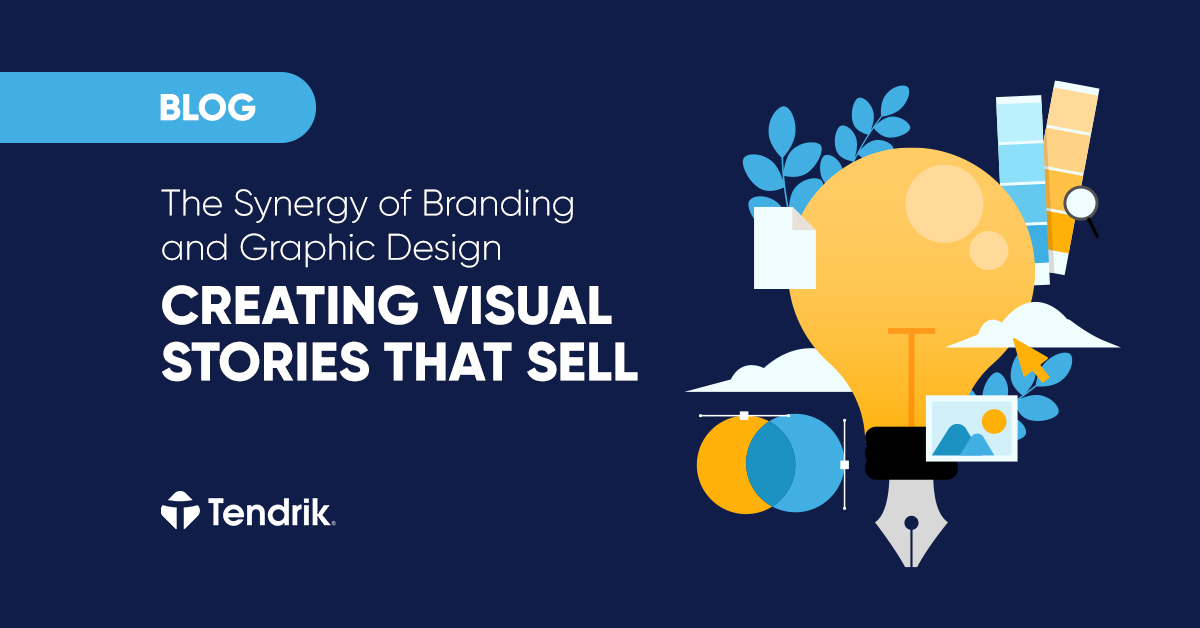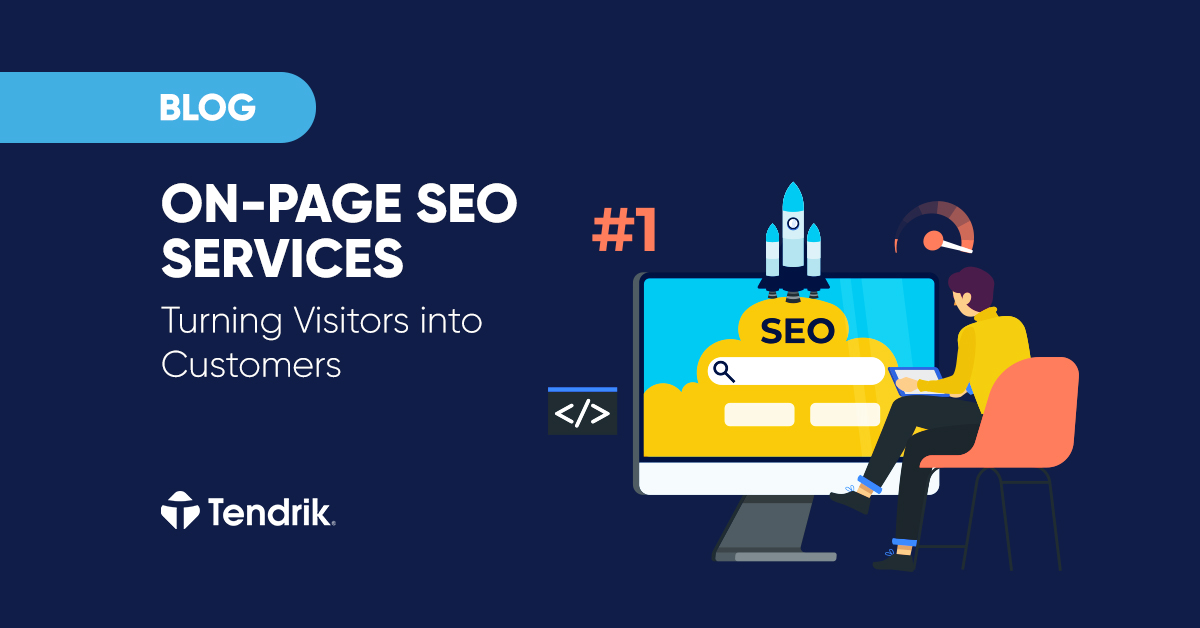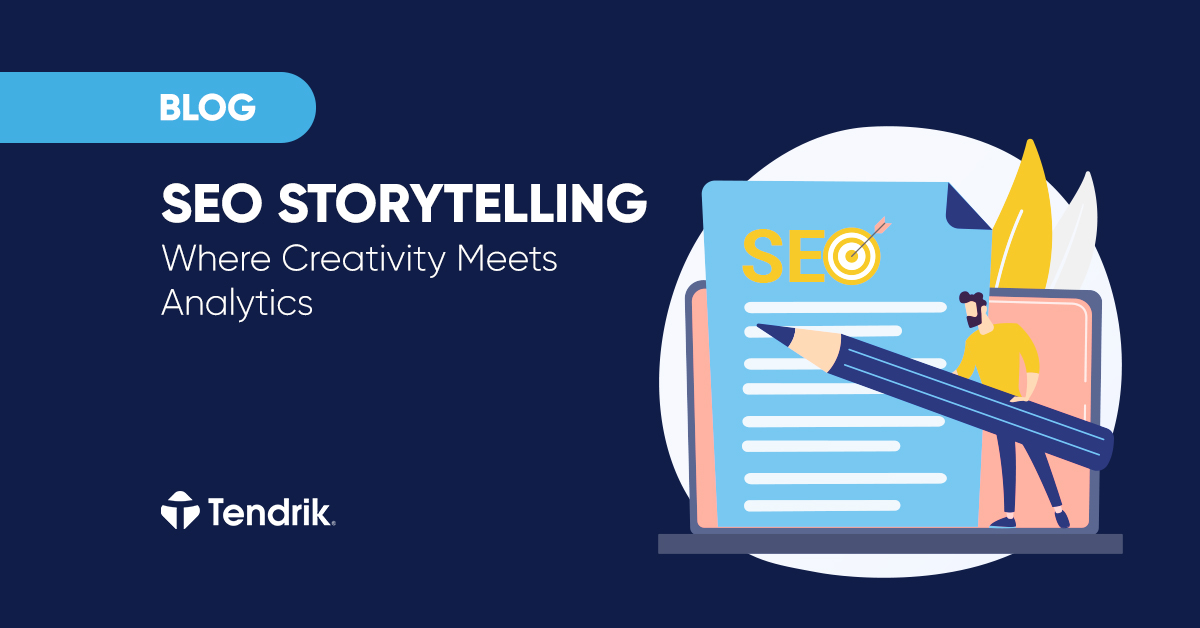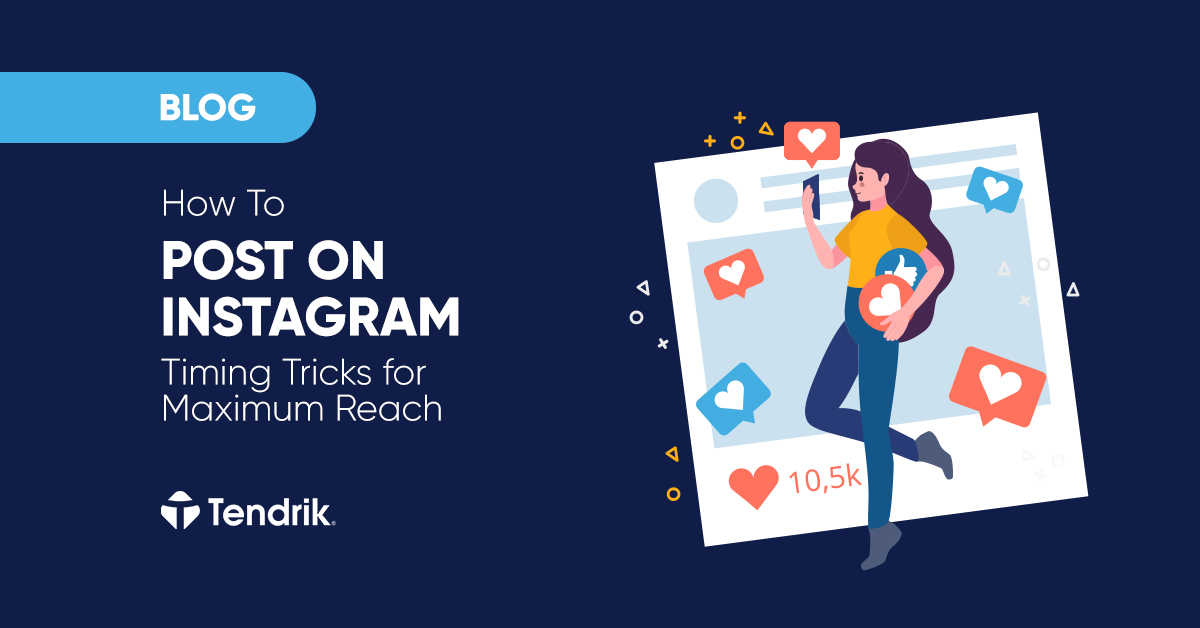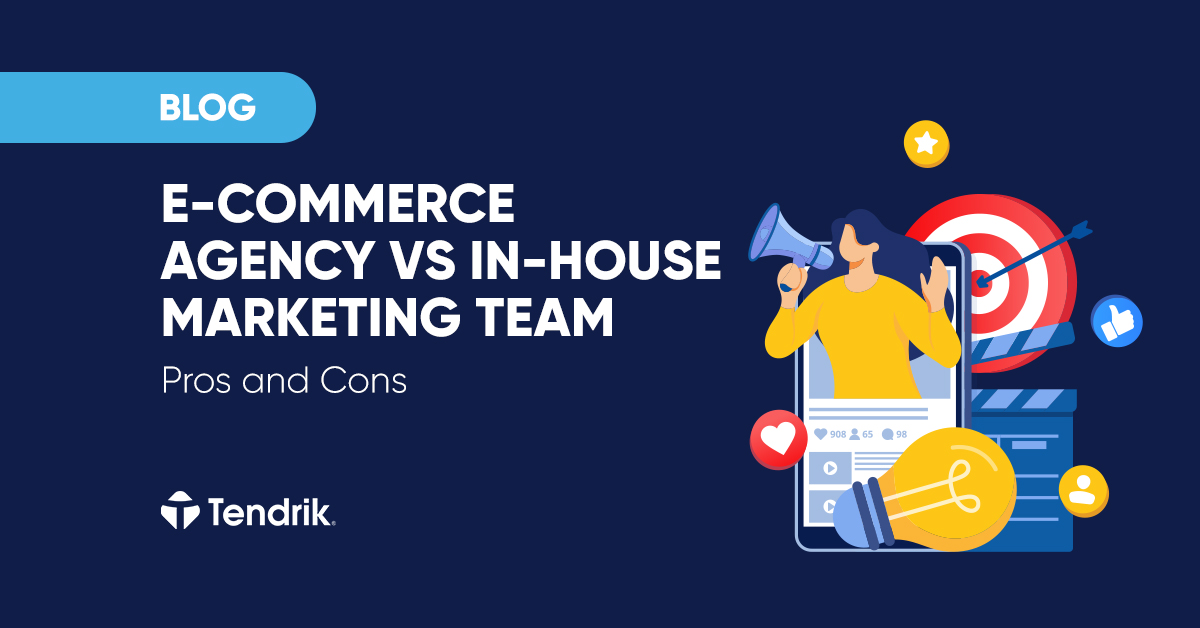In today’s world, a brand is more than just a logo or a tagline – it’s a full identity that connects with people. While strategy sets the direction, graphic design brings it to life with color, typography, and a distinctive visual language. This blog will show you the nuts and bolts of building brand identities—how a good designer can persuasively convey your message and why design is the mortar that binds strategy to sales. If you’ve ever wondered about the difference between graphic design and branding, or how to make your brand more recognizable, keep reading for practical insights and tips you can apply.
What is a brand and why does it matter?
A brand is not just a logo or a name. It’s the overall perception of your business in the mind of your customer. Your brand identity is built through messaging, design choices, customer experience, and emotional associations. A good brand evokes trust, reliability, and consistency.
When you build a brand, you are essentially shaping how it is perceived in the marketplace. From your colour palette and typography to your tagline and website layout, every decision contributes to your image. Strong brand identities give businesses a competitive edge by making them memorable and relatable.
Graphic design vs branding explained
Many business owners confuse graphic design with branding. The truth is that the two work together but are not the same. Branding is about strategy—defining who you are, what you stand for, and how you want to be seen. Graphic design, on the other hand, is visually conveying this.
Understanding the difference between graphic design and branding will help you make better design decisions. For example, while your brand strategy might define your values and target audience, graphic design and branding translate that into visual elements such as a memorable logo, brand colors, and business cards that create a cohesive presence both online and in the “real world”.
How a logo sets the tone for brand identities
The logo is often the first point of contact between your brand and potential customers. A well-thought-out logo design can elicit trust and make your brand instantly recognizable. On the other hand, a poorly designed logo can weaken your entire corporate identity.
A new logo should be more than just attractive—it should reflect your brand’s values. Think about how typography, color psychology, and the overall visual style can evoke the right emotions. The right logo combined with a consistent style guide is key to creating a strong and lasting brand identity design.
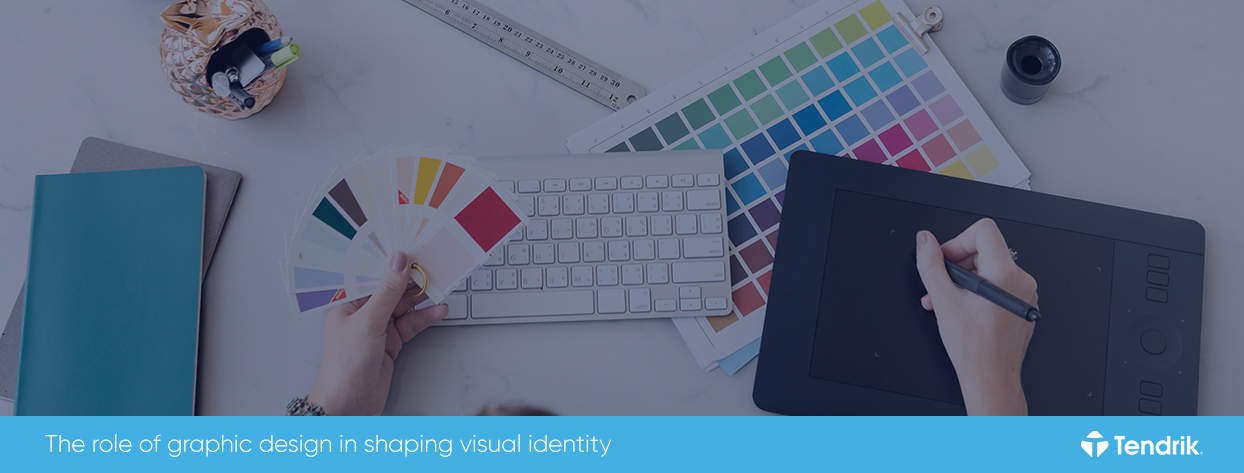
The role of graphic design in shaping visual identity
Graphic design is the craft of turning abstract values into tangible visual elements. A graphic designer uses color schemes, typography, and layout to create a visual identity that tells your business’s story.
Every brand’s identity relies on carefully curated visual branding that encompasses all touchpoints – from packaging and website to social media and business cards – all elements should look and feel cohesive. When done well, graphic design not only complements your marketing efforts but is instrumental in helping your brand values reach the right target audience.
Why identity design is the foundation of a strong brand
Identity design is about connecting strategy with execution. It defines how a brand looks, feels, and communicates across every platform. Without it, a brand risks inconsistency and confusion.
A strong brand requires rigorous design processes, where the designer ensures that brand elements like the logo, color palette, and typography align with the company’s mission. In short, identity design sets the tone for how a brand is experienced in an everyday setting.
Brand designer vs. identity designer – who does what?
A brand designer often focuses on the bigger picture of brand development, ensuring the visuals support the brand strategy. An identity designer, meanwhile, works more specifically on the visual aspect of the task, translating values into assets such as logos, icons, and brand books.
While their roles overlap, both are essential for designing a brand that feels authentic and attracts the right audience. Whether you hire agencies, in-house professionals, or freelancers, make sure they understand how art and design must align with business goals.
How to use color schemes, typography, and design elements in brand design
Color and type are not just decoration—they are critical brand elements. A carefully chosen color palette can evoke emotions, while typography sets the voice of your brand.
Good design choices involve carefully balancing all the elements. Color schemes, fonts, and layout have to work in synergy to make a brand recognizable and appealing. The use of color, combined with consistent design elements, gives your brand image power and credibility.
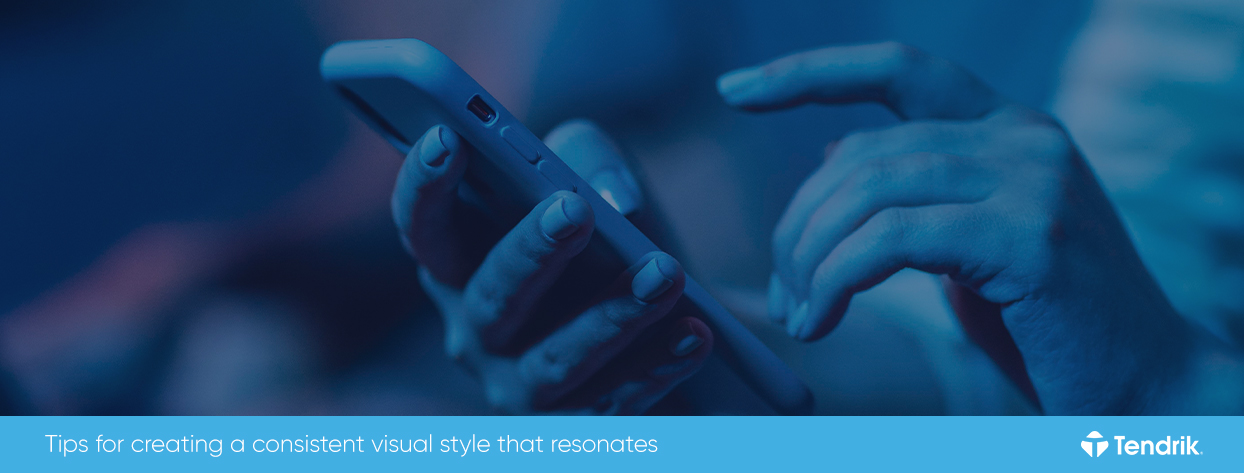
Tips for creating a consistent visual style that resonates
Consistency is key in creating effective branding. A style guide or brand book ensures your visual branding remains uniform across ads, websites, packaging, and even brick-and-mortar store design. This uniformity not only builds trust but also strengthens your brand’s visual impact.
Here are some tips for creating consistency:
- Keep typography limited to two or three complementary fonts.
- Use your color schemes across all materials.
- Follow your brand guidelines strictly to maintain a consistent visual style.
When your visual design is cohesive, it helps your brand resonate with customers and elevate your overall presence.
When to consider rebranding and how to implement it
Every brand evolves, and sometimes a complete overhaul of the visual identity becomes necessary. This could mean a new logo, updated motto, or refreshed brand elements to stay relevant.
However, rebranding is not to be approached lightly. The process must ensure a smooth transition and align with the existing brand values, while addressing new market needs. Done correctly, it can elevate your brand image and open doors to new opportunities for growth.
Hiring a graphic designer or agency – what to look for in a portfolio?
When hiring a graphic designer, you need much more than technical skill. Look for creativity, versatility, and an analytical mind. A strong portfolio should demonstrate how the designer used typography, logos, and color schemes to tell their client’s story.
Whether you’re working with freelancers or agencies, always check if their work shows an understanding of branding and graphic design synergy. Their previous projects should complement your goals and inspire confidence in their ability to help you design brand assets that truly connect.
Key Takeaways
- A brand is more than a logo—it’s the full perception customers have of your business.
- The difference between graphic design and branding is execution vs. strategy.
- A memorable logo supported by strong brand guidelines helps build brand awareness and trust.
- Identity design ensures a cohesive and consistent brand’s visual presence.
- Color schemes, typography, and other brand elements must align with the brand’s vision.
- Consistency across all platforms creates a recognizable and successful brand.
- Rebranding is powerful when it aligns with the existing brand values.
- Always review a designer’s portfolio to ensure they can deliver a visual identity that resonates.

